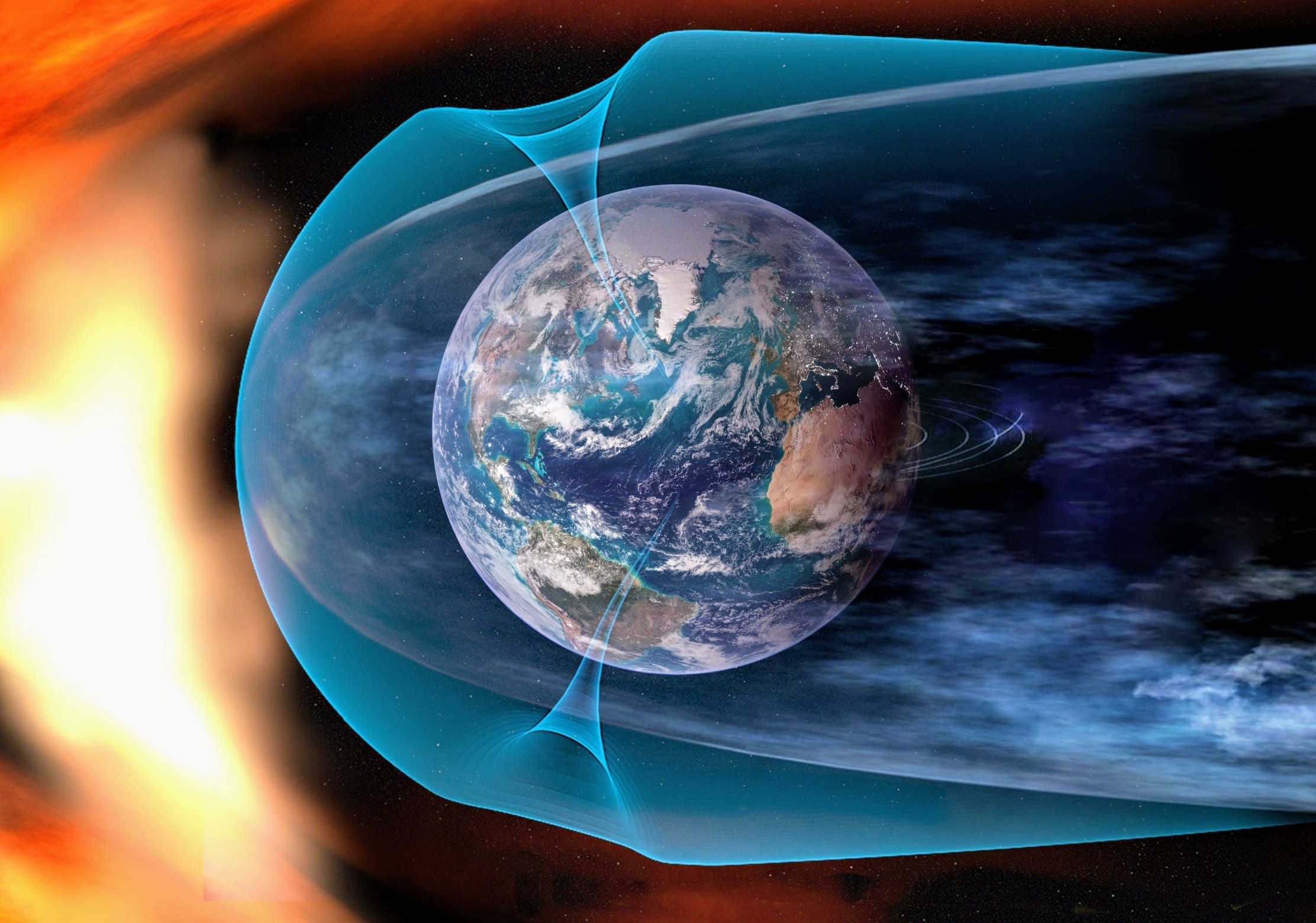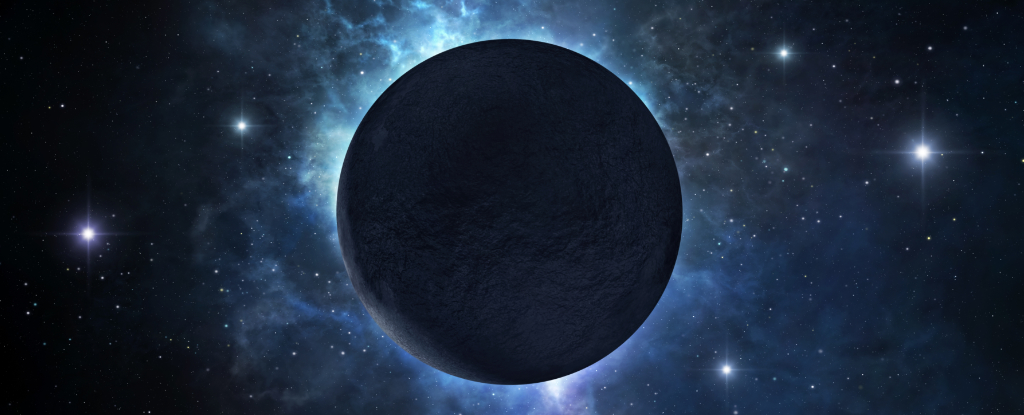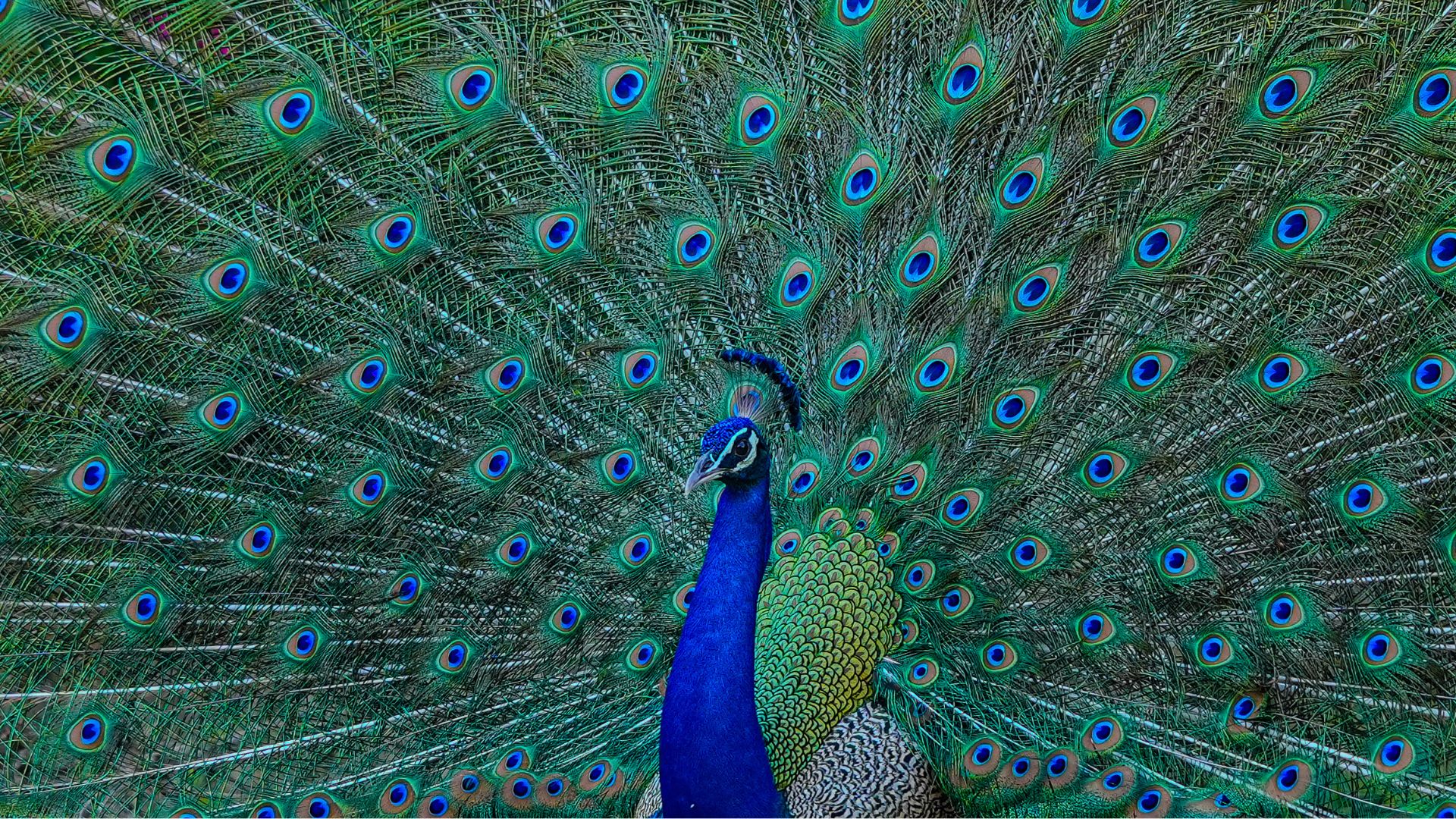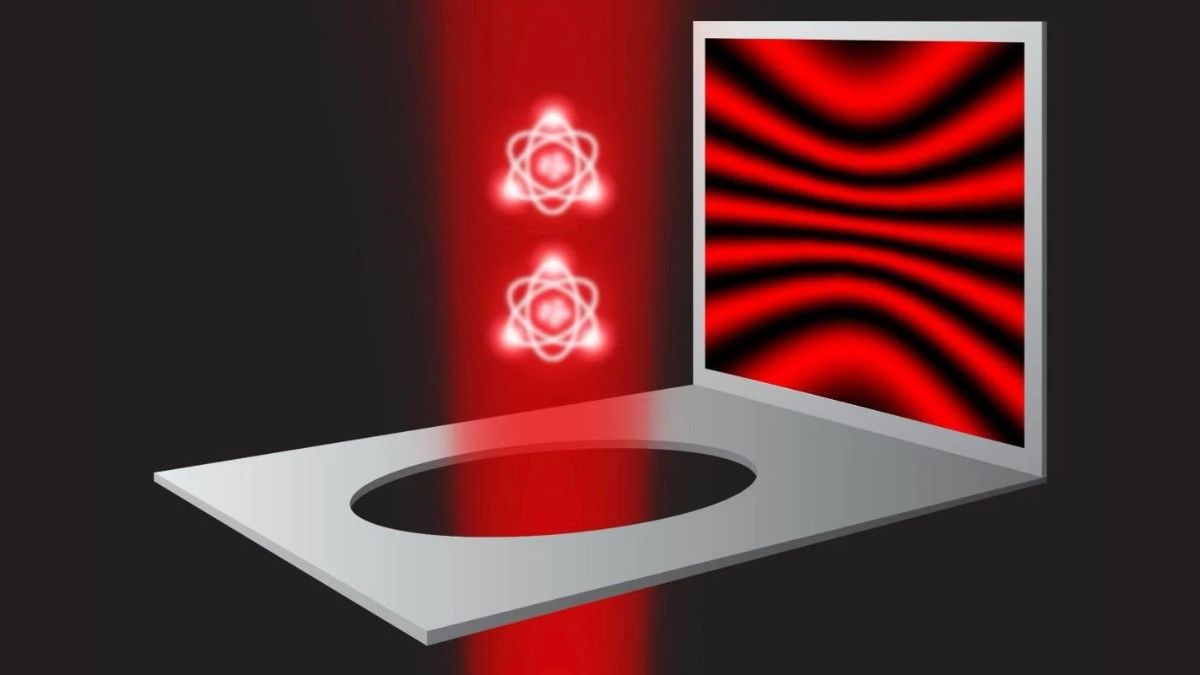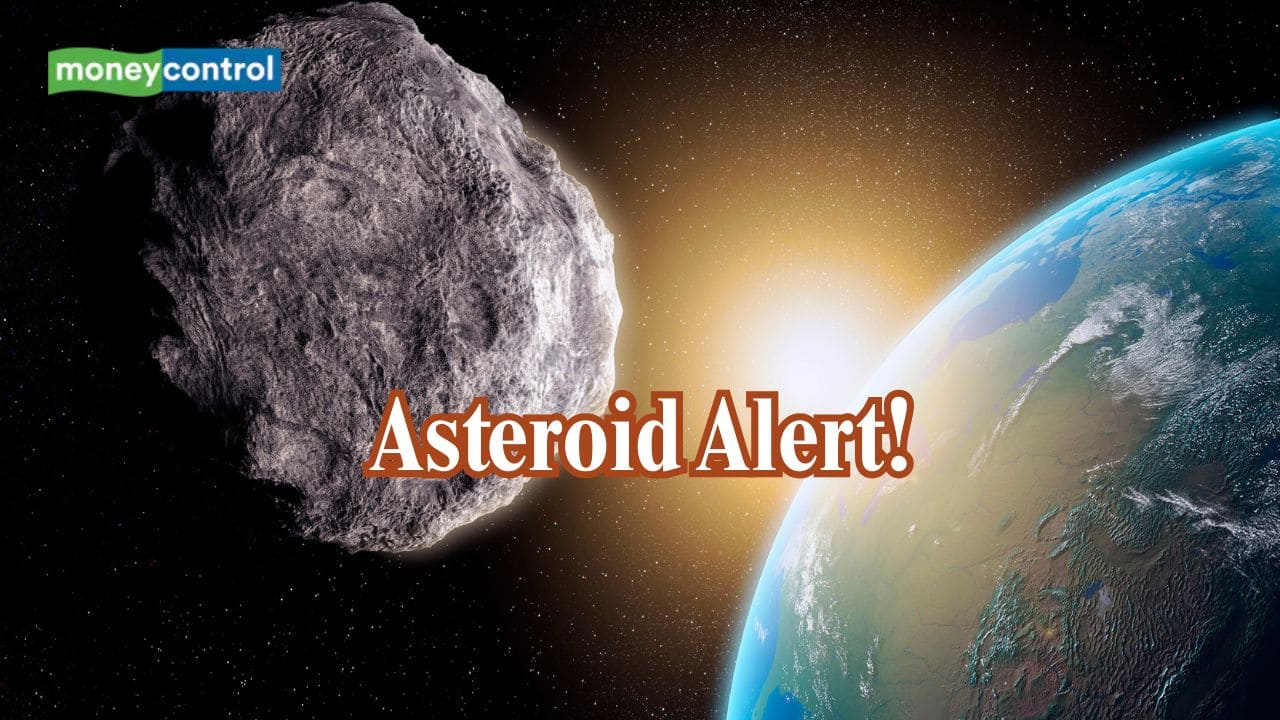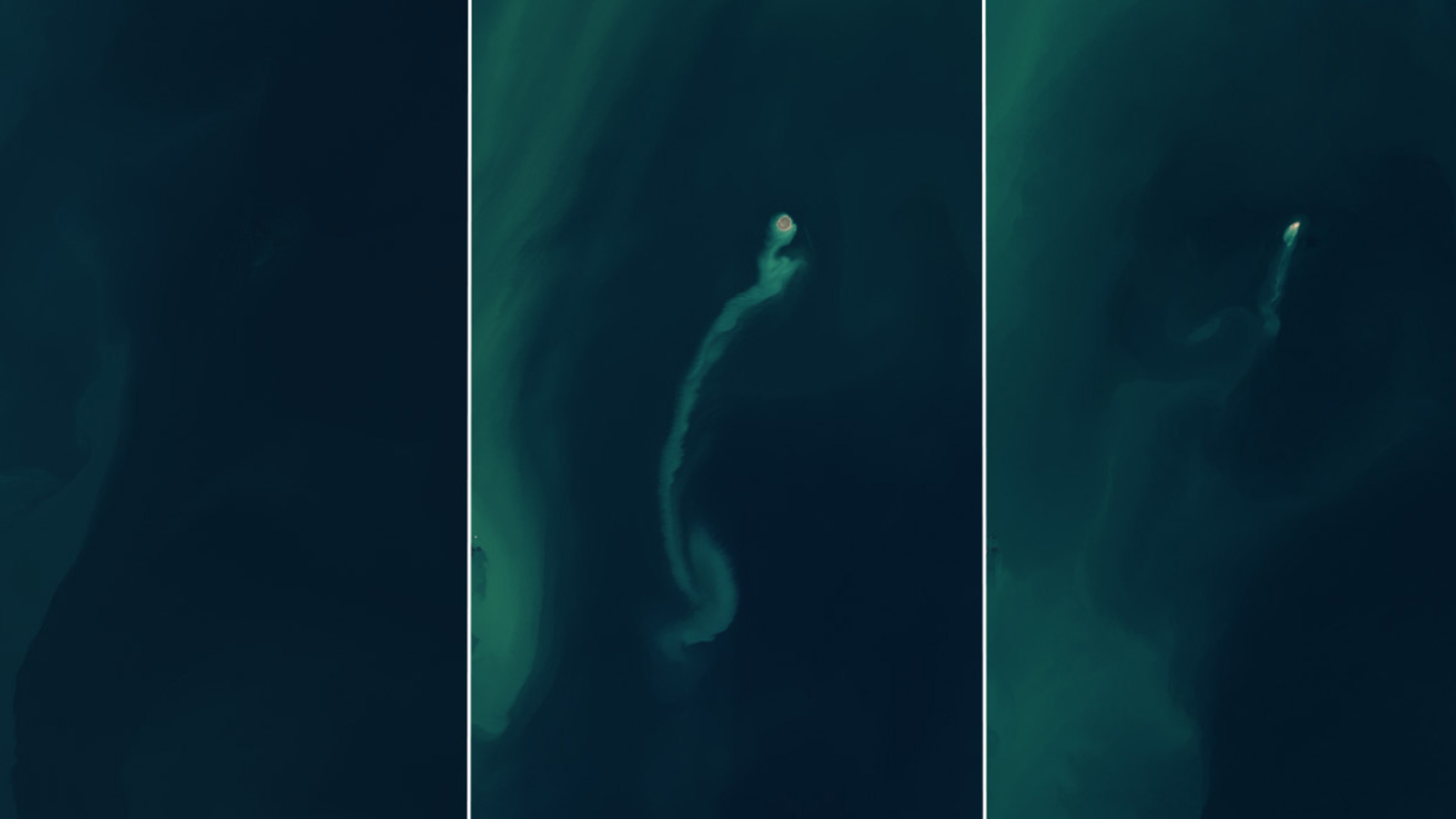Understanding the Key Differences Between Hubble and James Webb Space Telescopes

Both the Hubble Space Telescope and the James Webb Space Telescope (JWST) are remarkable achievements in modern astronomy, each employing the intricate design of reflecting telescopes to capture light from the universe's most distant objects. In a reflecting telescope, light enters through a large primary mirror, which collects and reflects the light toward a smaller secondary mirror. This secondary mirror plays a crucial role, directing the gathered light back through an opening in the primary mirror. Once the light passes through this hole, it converges, allowing astronomers to analyze the captured light using the various scientific instruments located behind the primary mirror.
While the basic principles of both telescopes are similar, the physical differences between them are significant and impact their operational capabilities. For instance, JWST is stationed approximately 1.5 million kilometers away from Earth, far surpassing Hubble's orbit which ranges from about 500 to 600 kilometers above our planet's surface. This substantial distance not only places JWST in a unique position to observe the cosmos, but it also introduces marked differences in temperature regulation and operational efficiency.
The location of JWST at Lagrange Point 2 (L2) allows it to maintain a stable environment with minimal interference from Earth's atmosphere and light pollution, which is crucial for its infrared observations. In contrast, Hubble's lower orbit means it is subject to atmospheric distortion and light interference, even though it still provides stunning optical images of celestial phenomena.
One of the critical advantages for JWST lies in its ability to operate at much colder temperatures compared to Hubble. The design and positioning of JWST help maintain its instruments at temperatures close to absolute zero, essential for capturing faint infrared signals emitted by distant galaxies, stars, and planetary systems. This capacity allows JWST to peer further back in time to the early universe than Hubble, offering insights into the formation of stars and galaxies billions of years ago.
Overall, both telescopes have made extraordinary contributions to our understanding of the universe. Hubble has been a stalwart in the field since its launch in 1990, capturing breathtaking images and providing crucial scientific data that has reshaped our comprehension of cosmic events. Meanwhile, JWST, which launched in December 2021, is poised to take exploration to new heights, revolutionizing our understanding of the universe in the years to come.


